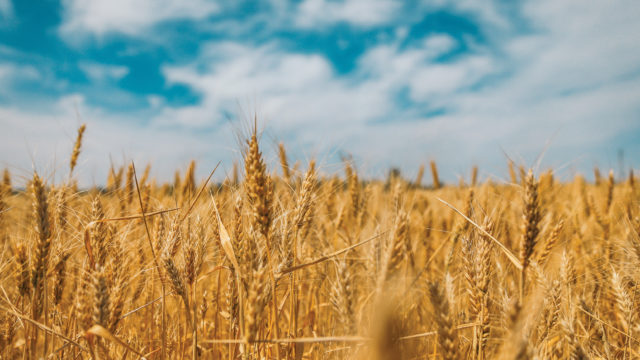
by Scott Shiels
To seed or not to seed, that is the question. Well no, that isn’t the question. More accurately, what to seed or not to seed? That is really the question.
While crop rotations are very important, in many cases, a good rotation still allows for some flexibility around what you actually seed on certain fields. From a marketing perspective, you need to seed crops that work on your farm, but more importantly, they need to contribute to your bottom line. They need to be able to be sold and shipped in a timely fashion.
In Western Canada, we have been seeing an increase in soybean and corn acreage, particularly in the southern-most parts of the Prairies. However, in the past five years, producers in many areas have had the unfortunate experience of learning how tough it can be to produce a good crop of soybeans. Canola acreage could also see some decline in certain areas, as clubroot issues are starting to come to the forefront. This could bode well for canola prices down the road, as a decrease in acres, following a tight supply year, should lead to a bullish market.
Oat acreage is forecast to be slightly higher in Canada this year, about two per cent over last year according to industry analysts. With a nearly negligible acreage change, and virtually no carryout of milling quality oats, look for oat markets to be strong heading into 2019-20. Buyers and millers should have strong forward price contracts out early to encourage an increase in oat acreage and production.
Wheat acreage going into 2020 should be an interesting one. Wheat markets have been fairly stable this year, but there are definitely some concerns from producers around marketing, and more importantly, shipping this year’s wheat crop. Movement has been slow up until now in many areas, much to the disappointment of producers. However, with reports out of Australia and other parts of the world telling us that wheat crops there are very poor, I do think we should see a run-up in prices, likely leading to an increase in wheat plantings here in North America.
Flax acreage has been on a bit of a rise in Western Canada over the past two years, based primarily on good pricing available on forward contracts. Looking ahead, that market should have some upside potential, as this year’s crop was mediocre at best, as far as quality is concerned. With that, good quality food grade flax supply will be exhausted come harvest. Flax could be a good bet this year, with both brown and yellow flax demand and pricing looking very strong.
With the surge this winter in feed barley pricing, look for barley acreage across the Prairies to increase some this year. Malt pricing has been very stable, but feed has come up in price, leading to a very small premium for malt. I will caution this though, if we have normal growing conditions, there is a good chance the spread will widen out between feed and malt, with the bulk of the change likely resulting from lower feed prices.
The big wild card will be in the special crops, primarily peas and lentils. Pricing has been decent in both markets, when you could find a price. That factor always plays a big role, as most producers do not want to grow large acres of specialty crops without contracts, at least for a portion of their production, in place at seeding time.
Until next time…










